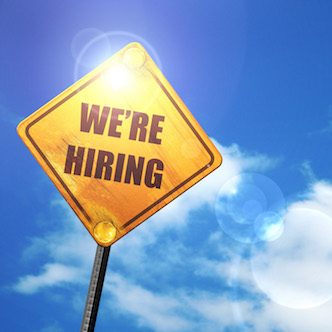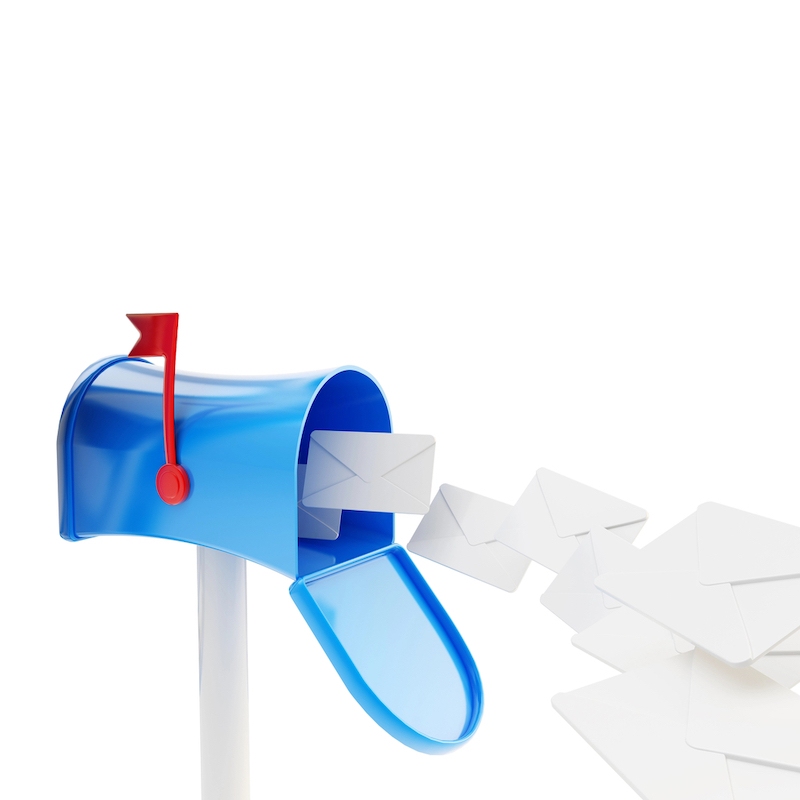Highlights of the USPTO’s Updated Guidance on Subject Matter Eligibility Including Artificial Intelligence | Wolf, Greenfield & Sacks, P.C.
The USPTO provides new subject matter eligibility guidance, along with three new examples, specifically focused on inventions related to artificial intelligence.
As part of its ongoing effort to provide education and training on the intersection of AI and intellectual property, the USPTO released new guidance this week focused on subject matter eligibility (SME) for artificial intelligence inventions. Alongside the guidance, the USPTO provides three detailed examples of its application to AI inventions. The guidance, which is open to public comment, can be found on the USPTO’s website as can the accompanying examples.
Summary of Existing Framework
The new guidance begins by summarizing the existing two-step SME framework. Step 1 involves determining whether the claimed invention falls into one of the four statutory categories of patent eligible subject matter enumerated in § 101 (i.e., a process, machine, manufacture, or composition of matter). If yes, the analysis moves on to Step 2, which has two parts. Step 2A involves determining whether the claim recites a judicial exception (e.g., an abstract idea) and, if so, whether the claim recites additional elements that integrate the recited judicial exception into a practical application (e.g., by providing an improvement to a technology). If a claim is found to be ineligible under Step 2A, the analysis proceeds to Step 2B that involves determining whether the other elements of the claim amount to significantly more than the judicial exception.
What’s New in the Guidance?
There are three items of note in the guidance, the first two of which are detailed below:
- discussion of how to apply the existing SME framework is expanded with reference to recent Federal Circuit cases, including cases illustrating a determination of whether a claim recites an abstract idea (e.g., mathematical concepts, mental steps, certain methods of organizing human activity) and cases illustrating when a claim recites technological improvements;
- three new detailed examples applying the SME framework to AI inventions; and
- a reminder that the SME analysis does not depend on how the invention was developed, even if done with the assistance of AI.
Guidance Update Based on Recent SME Cases
With regard to determining whether a claim recites an abstract idea, the new guidance incorporates the following cases:
- XY, LLC v. Trans Ova Genetics, 968 F.3d 1323, 1330-32 (Fed. Cir. 2020) (finding the claims are not directed to “the abstract idea of using a ‘mathematical equation that permits rotating multidimensional data’”) for discussion of whether claims recite a mathematical concept.
- Weisner v. Google LLC, 51 F.4th 1073, 1082 (Fed. Cir. 2022), Elec. Commc’n Techs., LLC v. ShoppersChoice.com, LLC, 958 F.3d 1178, 1181 (Fed. Cir. 2020), and Bozeman Fin. LLC v. Fed. Reserve Bank of Atlanta, 955 F.3d 971, 978 (Fed. Cir. 2020) for discussion of whether claims are directed to certain methods of organizing human activity.
- ADASA Inc. v. Avery Dennison Corp., 55 F.4th 900, 909 (Fed. Cir. 2022), Trinity Info Media, LLC v. Covalent, Inc., 72 F.4th 1355, 1362 (Fed. Cir. 2023), In re Killian, 45 F.4th 1373, 1379 (Fed. Cir. 2022), and PersonalWeb Techs. LLC v. Google LLC, 8 F.4th 1310, 1316-18 (Fed. Cir. 2021) for discussion of whether claims recite a mental process.
The guidance update also incorporates examples illustrating analyses of whether claims recite a technological improvement, notably including In re Board of Trustees of Leland Stanford Junior University, 989 F.3d 1367, 1370, 1373 (Fed. Cir. 2021) (Stanford I) (as an example of an improvement to the abstract idea itself does not confer eligibility) and McRO, Inc. v. Bandai Namco Games America Inc., 837 F.3d 1299 (Fed. Cir. 2016) (which continues to serve as an example of a technological improvement conferring eligibility).
Three New Examples of Applying SME Framework to AI Technology
Example 47 relates to using neural networks for detecting computer network anomalies. It includes claims indicated as being eligible such as: a claim on an integrated circuit implementing an artificial neural network (ANN) because it doesn’t recite any judicial exceptions, and a claim covering a method of using the ANN to detect anomalies because it specifically claims how the ANN’s output is used to remediate identified computer network anomalies, which is deemed a technological improvement to network security. On the other hand, another method claim is found ineligible because although it recites training and using an ANN to identify anomalies, it does not specifically claim how the ANN output is used to address them.
Example 48 relates to AI-based methods for speech separation and denoising. Although all three claims in this example recite aspects of the underlying AI technology, the claims deemed eligible get specific about how the outputs generated by the AI components are used (e.g., to separate mixed speech signals into individual speech signals and either remix them or generate corresponding transcripts). These specific uses are tied to technological improvements to source separation and speech recognition. On the other hand, the claim deemed ineligible doesn’t recite how the output of the underlying neural network technology is used in any particular speech processing application.
Example 49 relates to an AI model for determining whether a glaucoma patient is at risk for post-surgical inflammation. The AI model is recited in both claims of this example and both claims recite administering a treatment to the patient once the AI model determines they are at risk, but the eligible claim recites the treatment more specifically (reciting “Compound X eye drops”) than the claim deemed ineligible (reciting “an appropriate treatment”).
Conclusion
Patent applicants should keep the recent cases and new examples highlighted in the updated SME guidance in mind when drafting and prosecuting patent applications covering AI technology. The case law and new examples continue to show that greater specificity in claiming how output generated by AI technology is used in applications increases chances of overcoming eligibility rejections.





